As a cat owner, you've probably gone through the routine of feeding your furry friend without much thought. But did you know that the way you feed your cat can have a huge impact on their health and happiness?
It's not just about filling their bowl; it's about understanding their unique needs and avoiding common pitfalls that many cat owners fall into.
Whether you're a seasoned cat parent or new to the game, there are essential feeding practices that you need to be aware of.
In this article, we'll walk you through 11 cat-feeding mistakes you might be making and how to fix them. Get ready to become an even better cat owner by ensuring your feline friend is not just fed, but fed well!
11 Cat Feeding Mistakes
Avoiding these common mistakes is vital for your cat's health and longevity. Let's dig into what you need to know:
1. Overfeeding Your Cat
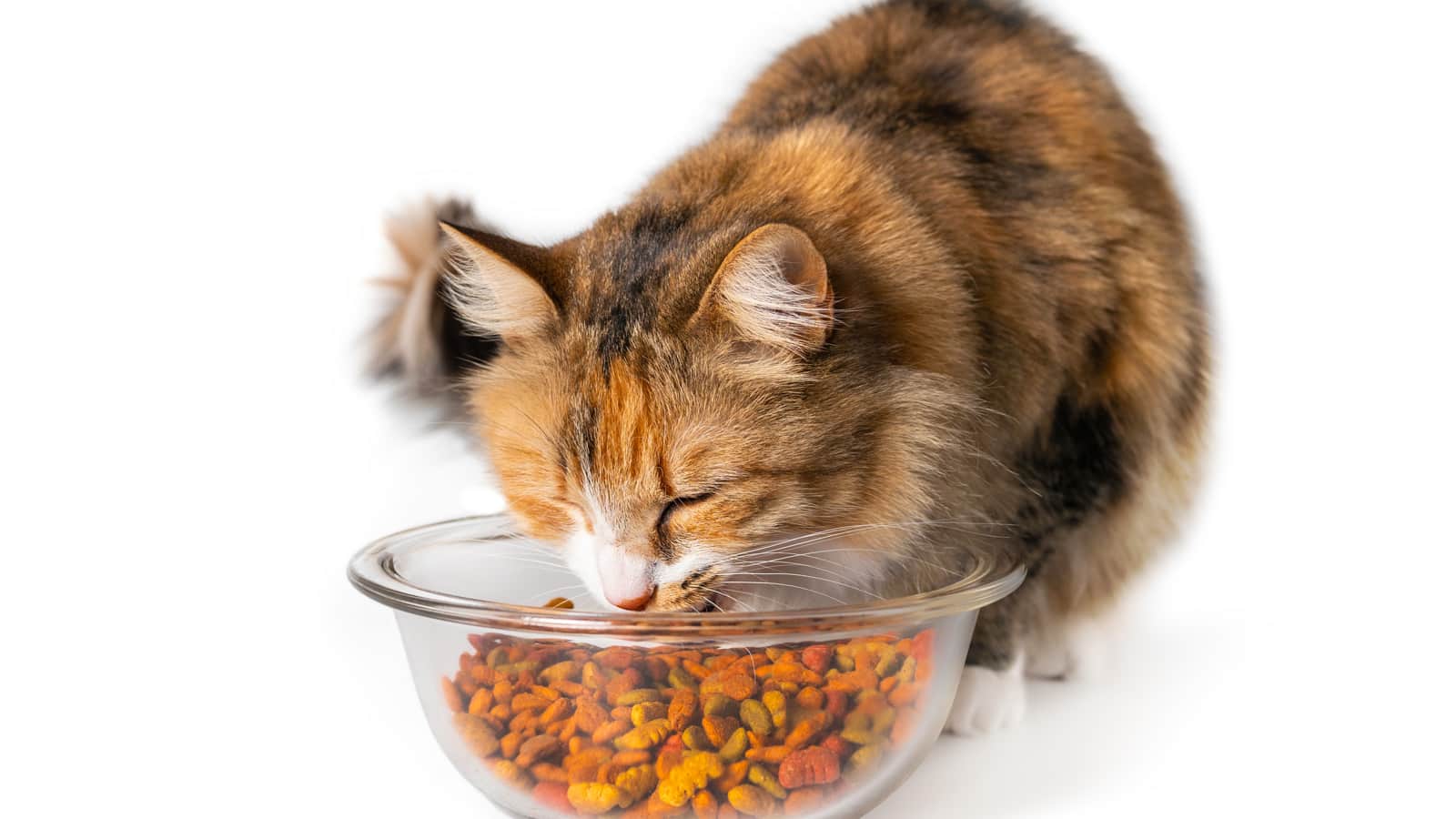
It's easy to slip into the habit of overfeeding your cat, especially when they give you those pleading eyes. But here's a startling fact: up to 63% of cats in the U.S. are classified as overweight or obese, according to the Association for Pet Obesity Prevention.
This isn't just about looks; overweight cats are at a higher risk of developing serious health issues like diabetes, heart disease, and joint problems.
You should measure your cat's food using a standard measuring cup and follow the feeding guidelines on the food label, adjusting as necessary based on your cat's activity level and weight. Remember, those extra treats add up, so keep them to a minimum.
 Click here to see these cat food measuring cups on Amazon.
Click here to see these cat food measuring cups on Amazon.
2. Underfeeding Your Cat
On the flip side, underfeeding is equally concerning. Cats are adept at hiding discomfort, so it might not be immediately obvious if they're not getting enough to eat.
Underfeeding can lead to malnutrition, weakening your cat's immune system and increasing the risk of infections and illnesses. A cat's weight shouldn't fluctuate too much once they're fully grown; sudden weight loss could be a red flag.
Understanding your cat's specific dietary needs based on age, activity level, and health status is important. If you're unsure, a chat with your vet can set you on the right path. Remember, your cat relies on you for its well-being, so watch their diet.
3. Feeding Dog Food to Cats
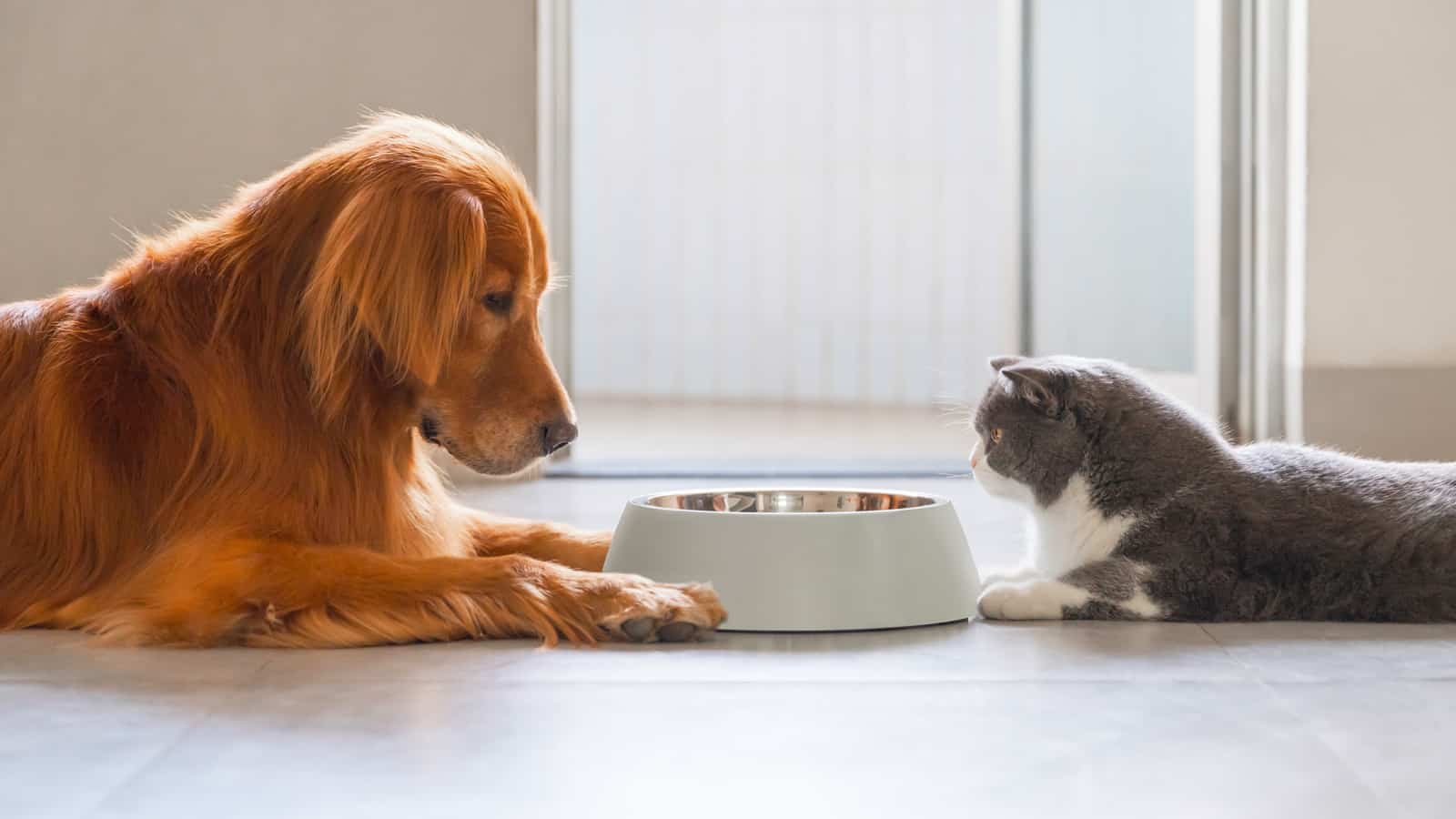
You might think, "Food is food, right?" But when it comes to cats and dogs, their nutritional needs are worlds apart. Cats are obligate carnivores, meaning they require certain nutrients found only in meat.
Taurine, for instance, is an essential amino acid that is absent in dog food yet crucial for your cat's heart health and vision. A cat that regularly eats dog food can suffer from severe malnutrition, leading to heart problems and even blindness.
 Click here to see this cat food on Amazon.
Click here to see this cat food on Amazon.
There's a true story of a family cat that developed dilated cardiomyopathy, a heart condition, from eating dog food. It's a stark reminder: never substitute cat food with dog food, no matter how convenient it might seem.
4. Ignoring Life Stage Requirements
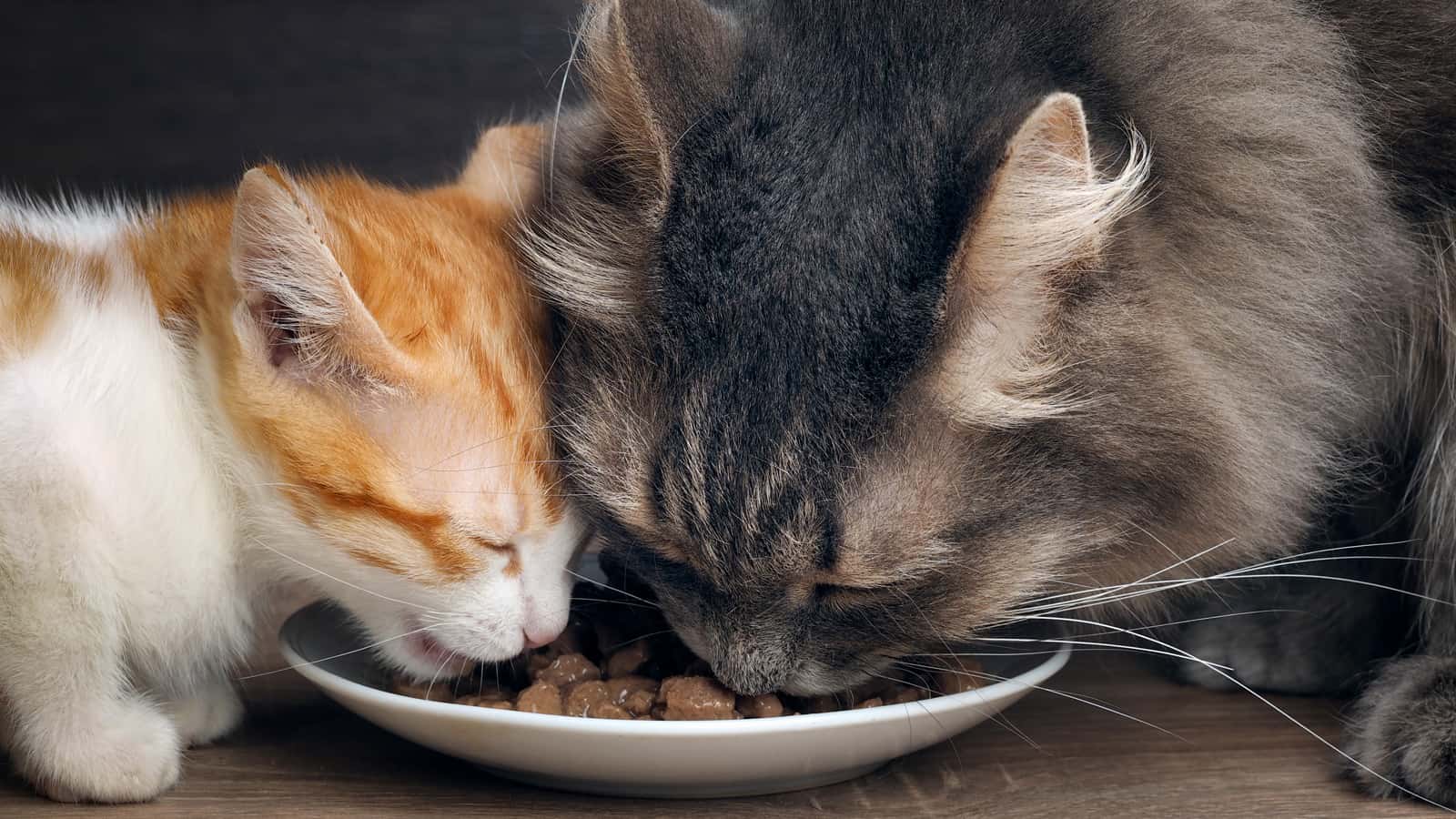
Cats, like people, have different nutritional needs as they age. Kittens, for example, require more protein, calories, and specific vitamins and minerals for proper growth.
Feeding a kitten with adult cat food could stunt their growth or lead to developmental issues. As cats age, their metabolism slows down. Senior cats need fewer calories and might require more easily digestible food.
Overlooking these life stage requirements can lead to a range of health issues. Always ensure the food you're giving your cat matches their life stage – it's a simple step that can significantly impact their overall health and longevity.
5. Neglecting Water Supply for Cats
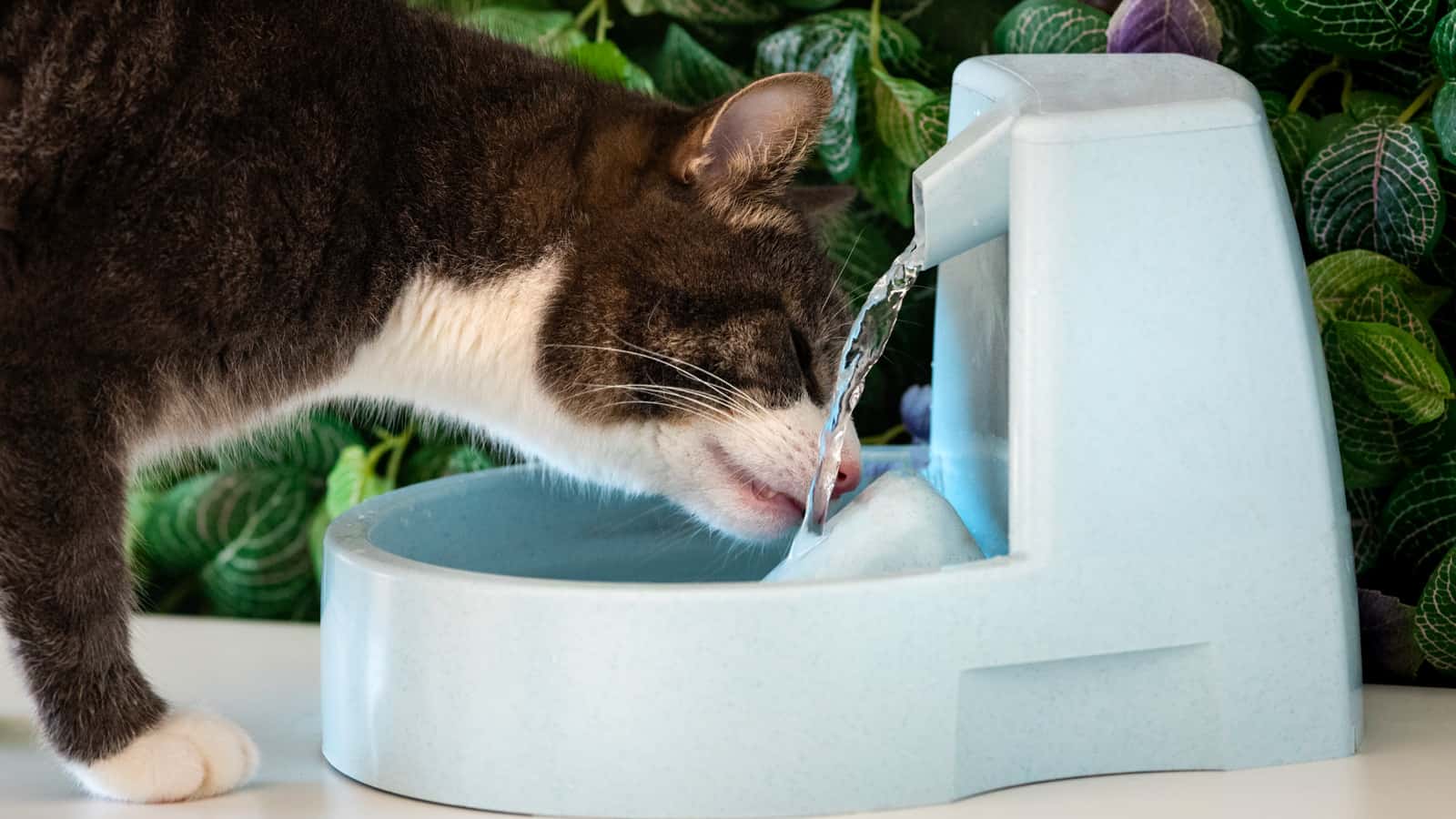
You might not see your cat drinking water often, but don't let that fool you into thinking they don't need much.
Cats are naturally prone to low thirst drive, a trait inherited from their desert-dwelling ancestors. This means they might not drink enough water, leading to dehydration and urinary tract issues, including life-threatening blockages.
Here's a tip: cats often prefer running water, so a cat fountain can encourage them to drink more. Also, incorporating wet food into their diet can significantly increase their water intake.
 Click here to see this cat water fountain on Amazon.
Click here to see this cat water fountain on Amazon.
A study by the University of California, Davis, showed that increasing water intake in cats can help prevent kidney disease and lower urinary tract diseases, two common health issues in cats.
Regarding hydration, the placement of water relative to food is also important. "Should You Keep Cat Food And Water Separate?" explores this in detail, offering insights into the best practices for positioning your cat's food and water dishes.
6. Feeding Only Dry Food
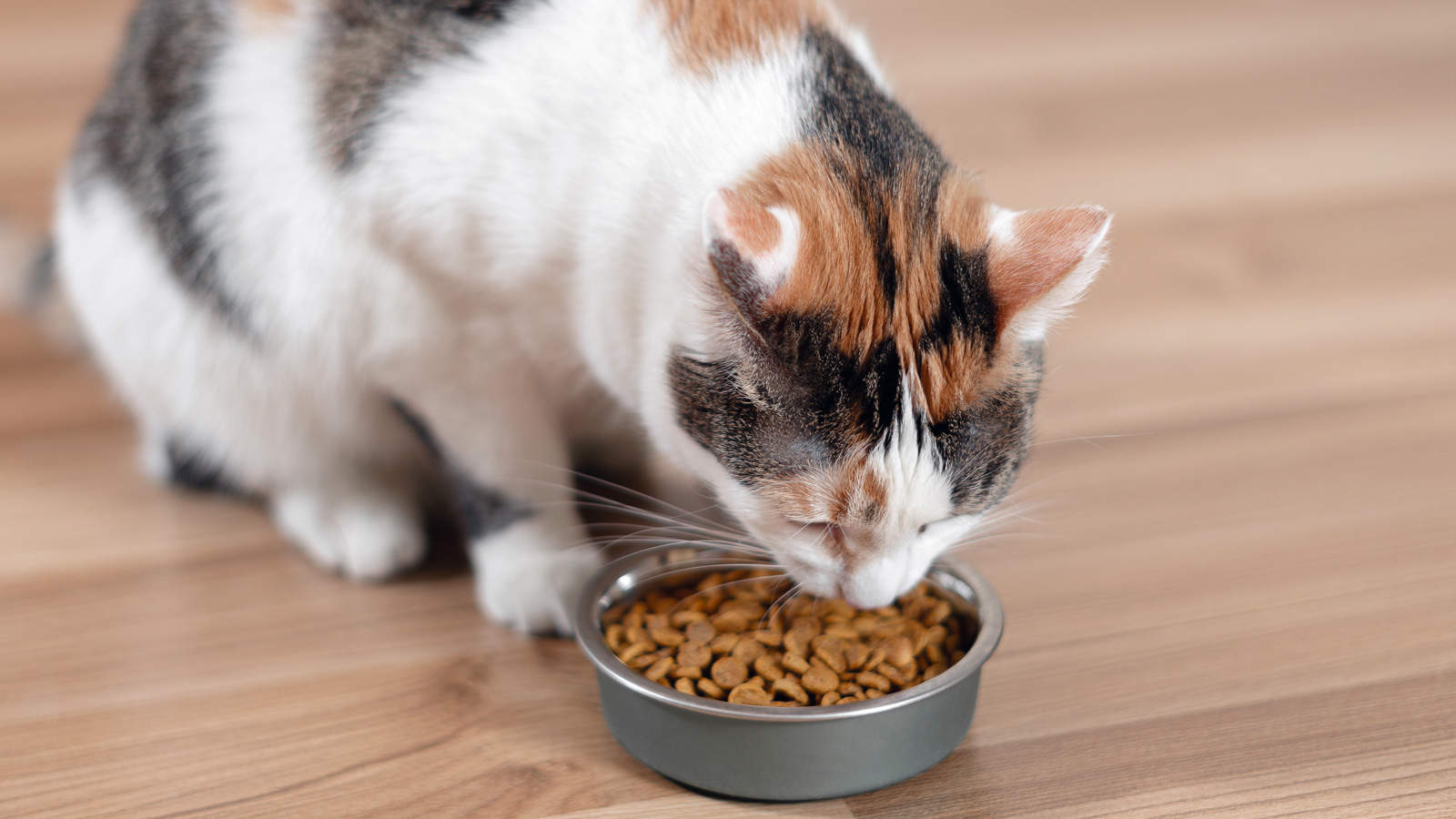
Dry food is convenient, sure, but it's not always enough for your cat's hydration needs. Did you know that cats on a dry food diet may only get about half the moisture they would get from a natural, prey-based diet?
This lack of moisture can lead to chronic dehydration and is a risk factor for developing urinary tract diseases, affecting about 1-3% of cats yearly.
Wet food, on the other hand, can be up to 80% water, helping to keep your cat well-hydrated. It's not just about the water content, though. Some cats prefer the texture and taste of wet food, which can be a lifesaver for picky eaters.
For more information on the benefits of wet food, particularly in terms of protein content, check out the article "What Wet Cat Foods Have The Most Protein?".
 Click here to see this wet cat food on Amazon.
Click here to see this wet cat food on Amazon.
So, mix it up a bit – offer a combination of wet and dry food to keep your furry friend happy and healthy.
 Click here to see this dry cat food on Amazon.
Click here to see this dry cat food on Amazon.
7. Ignoring Food Allergies and Sensitivities in Cats
Food allergies in cats are more common than you might think. Only about 1% of all cats have food allergies, but when it comes to itchy cats, up to 15% could be reacting to their food.
And for those with itching and gastrointestinal symptoms, the number jumps to as high as 42%. The symptoms can range from skin irritation to digestive upset, so it's essential to watch for any unusual signs.
If your cat has a food allergy, take them to the vet for a check-up. They might recommend an elimination diet, where you'll feed your cat a limited ingredient diet and gradually reintroduce foods to pinpoint the culprit.
It's a process, but finding the right diet can make a difference in your cat's comfort and health.
8. Inconsistent Feeding Schedules
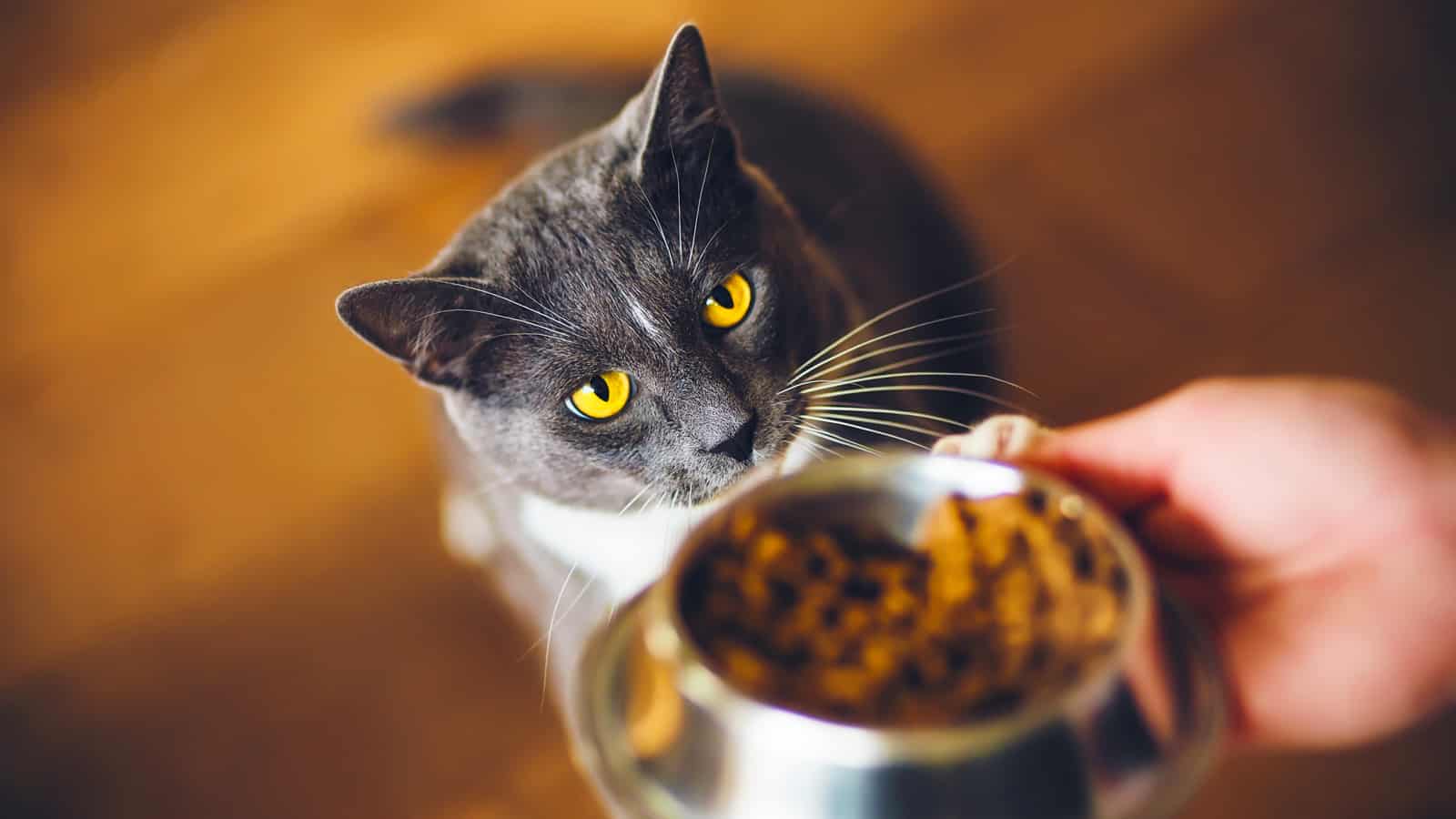
Cats love a good routine, and feeding them at the same time each day can do wonders for their well-being. A consistent feeding schedule helps regulate their digestive system and maintain a healthy weight.
More than that, it's about providing security and reducing stress. When cats know when they will be fed, they feel more secure and less anxious. This predictability can also prevent your cat from getting overly hungry, sometimes leading to aggressive behavior.
So, stick to a schedule. It doesn't have to be down to the minute but try to keep meal times as regular as possible. Your cat will thank you for it!
9. Offering Too Many Treats
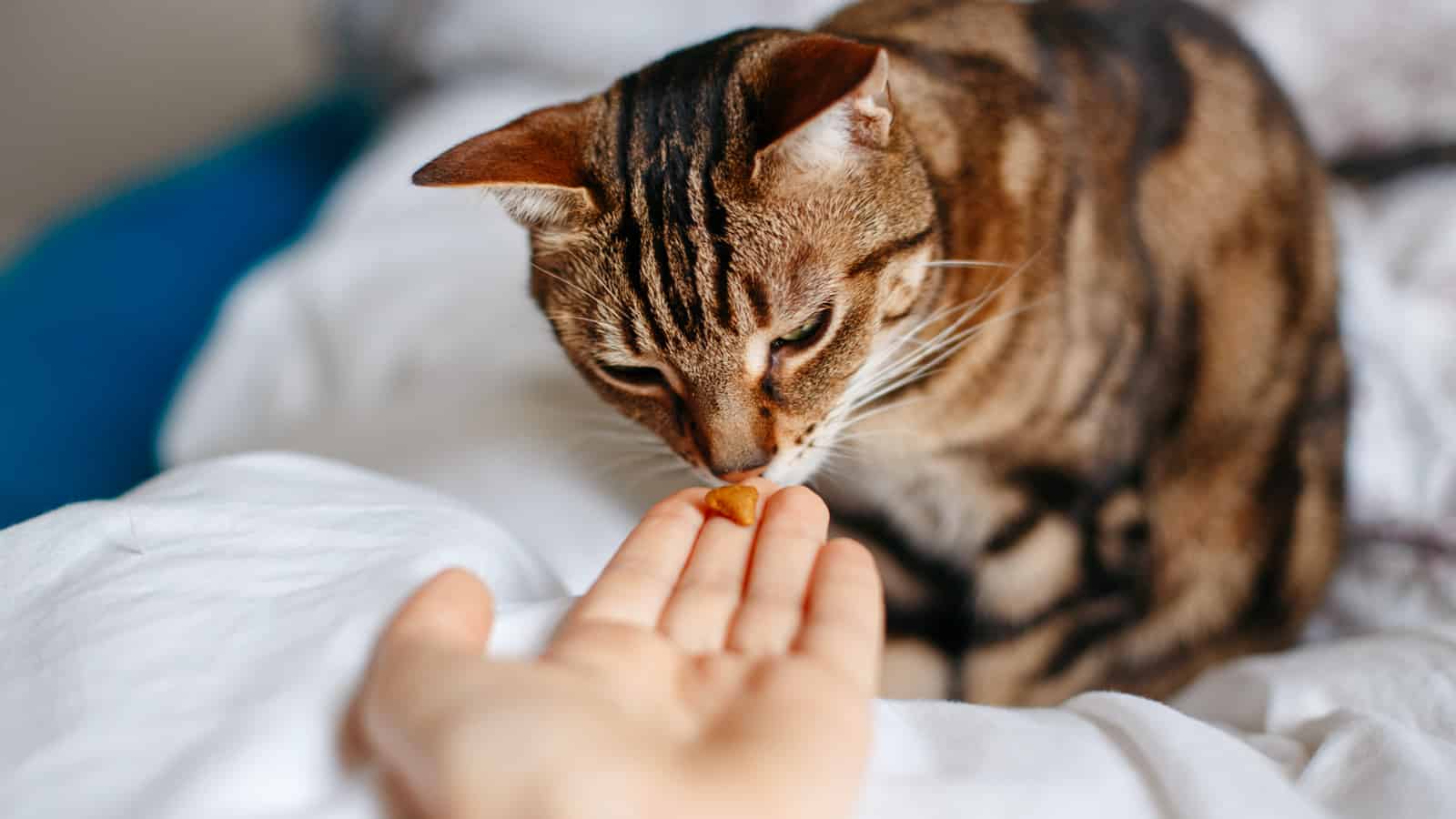
It's hard to resist those big, pleading eyes, but giving your cat too many treats can lead to a heap of health problems.
Treats are often high in calories and can contribute to obesity, a condition that affects a significant number of cats and leads to diseases like diabetes, arthritis, and heart problems.
What's more, treats aren't nutritionally complete like cat food, so overindulging can cause nutrient imbalances and digestive issues like vomiting or diarrhea.
Remember, treats should only be a small part of your cat's diet. Think of them as the cherry on top, not the main course.
10. Not Consulting with a Vet About Your Cat's Diet
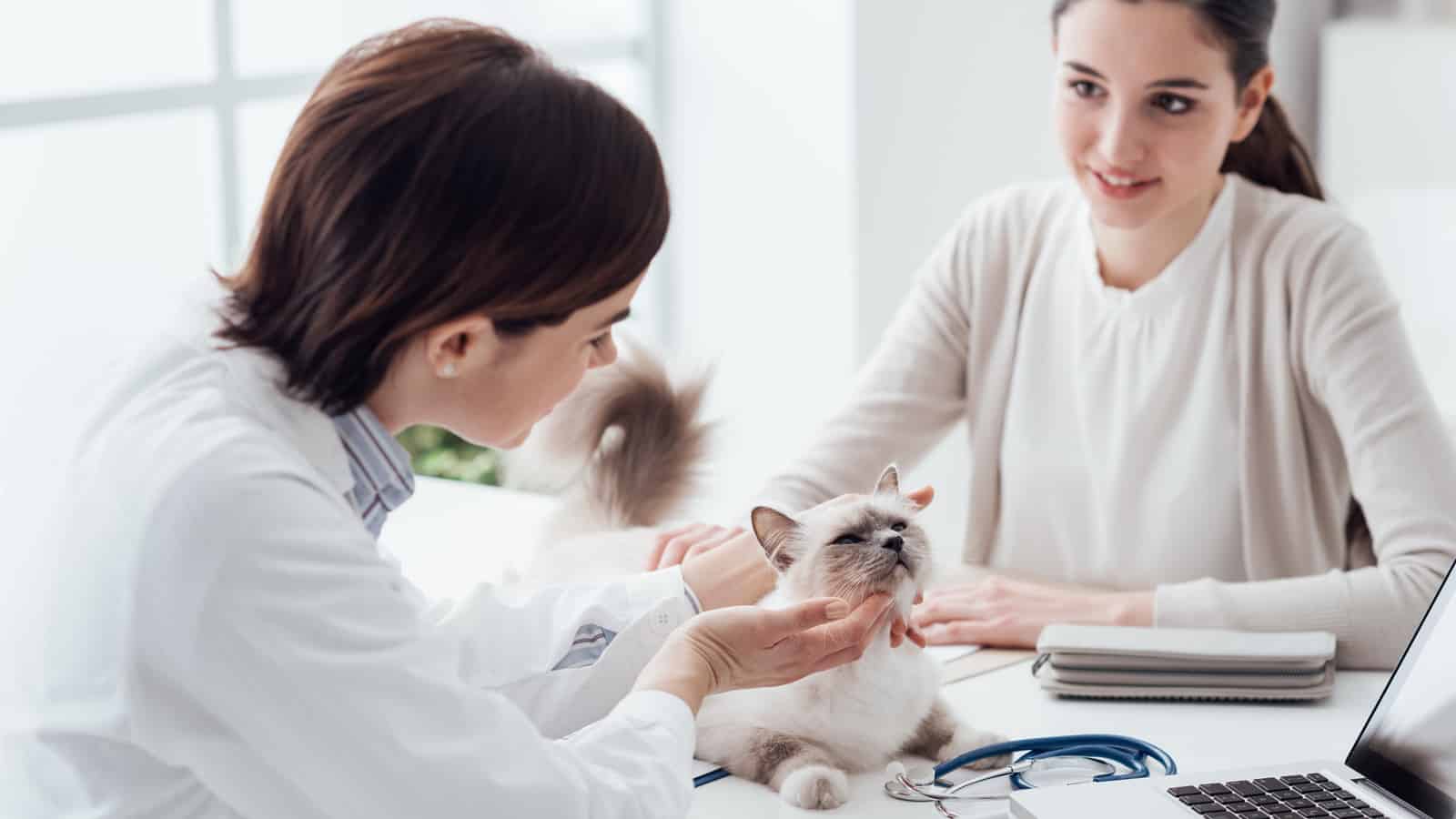
You might think you know what's best for your cat, but getting a professional's opinion is always wise. Why? Because every cat is unique, and their dietary needs can vary greatly.
A vet can help identify the ideal body weight for your cat and suggest dietary adjustments to reach and maintain that weight. This is especially important considering that obesity is the most common nutrition-related issue in cats, leading to a slew of health problems.
Your vet can also recommend the right diet based on your cat's specific health conditions.
So, next time you consider changing your cat's diet, make a vet appointment first. It's a step that could significantly improve your cat's health and longevity.
11. Ignoring Changes in Your Cat's Eating Habits
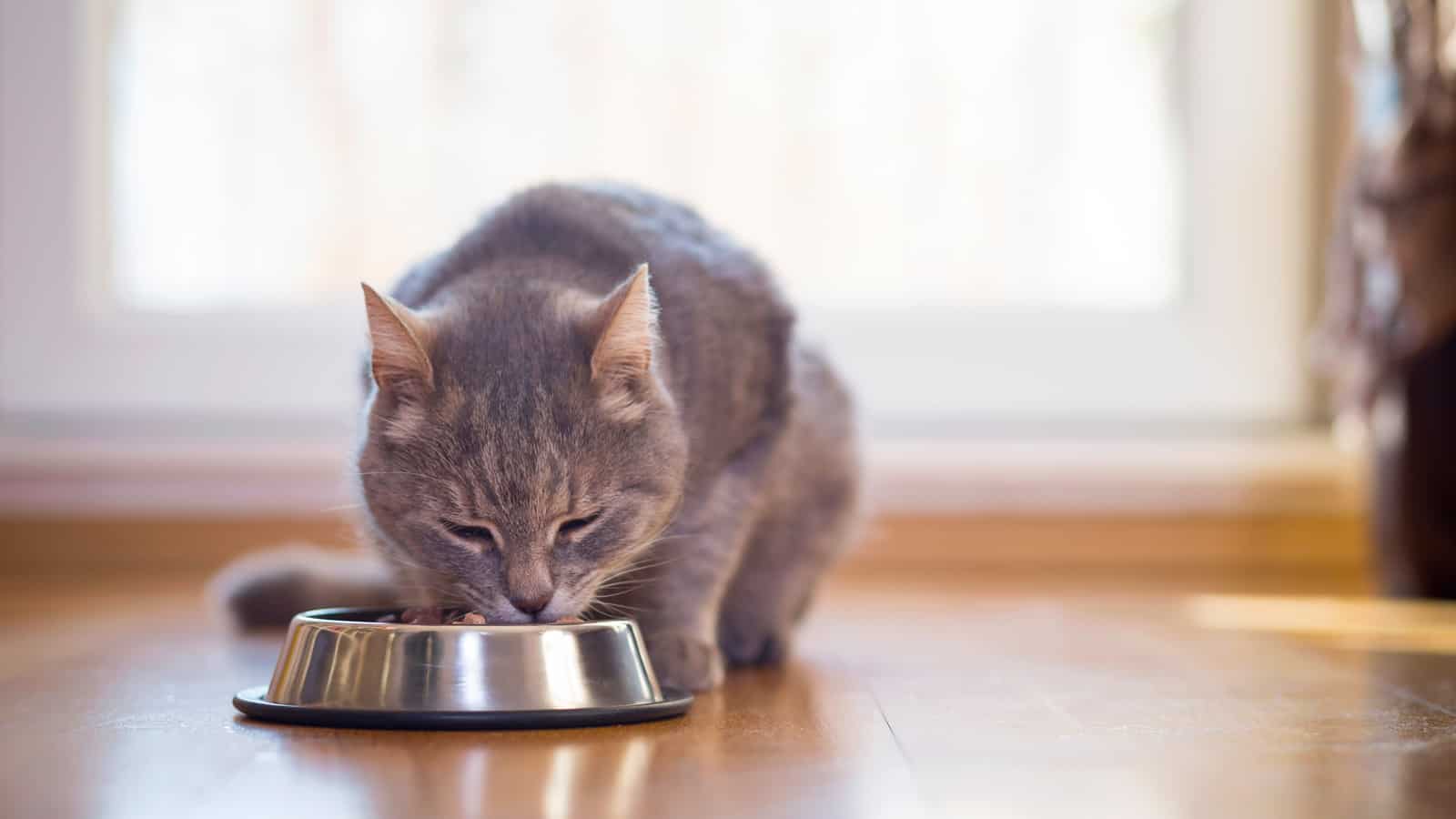
Cats can be finicky eaters, but a change in their eating habits shouldn't be overlooked. If your cat suddenly loses interest in food or starts eating a lot more, it could be a sign of underlying health issues.
Numerous factors can influence a cat's appetite, including illnesses, side effects of medications, or changes in their environment.
If you notice any changes in how your cat eats, it's crucial to consult your vet. They can help determine whether the change is due to a health issue or something else, like a behavioral change.
Remember, your cat can't tell you when something's wrong, so it's up to you to watch for these signs and act on them.
Final Thoughts on Feline Feeding
Taking care of your cat’s nutritional needs is much more than just a daily routine; it's an integral part of their health and happiness. By avoiding these common feeding mistakes, you ensure not only that your cat stays in good physical shape but also that they lead a joyful and fulfilling life.
Remember, each small step you take in monitoring their diet, from portion control to understanding their unique dietary needs, makes a big difference.
Your cat depends on you, and with these tips in hand, you’re well-equipped to be the best cat parent you can be. Keep loving and learning about your feline friend, and here’s to many more happy, healthy years together!
Some elements on this page may have been created by our team using advanced AI to provide you with top-notch cat inspired ideas. Read more about our AI Content Policy.
